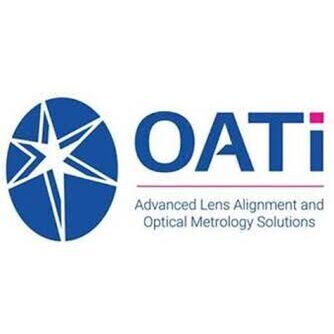
|
Download Members: $0.00 Non‑Members: $75.00 |
Buy Now |
Publication Details
| Published Date: | |
|---|---|
| Authors: | Hau-Wei Lee, Hua-Chung Liou, Shan-Peng Pan, Po-Er Hsu |
| Company: | CMSC |
| Print Format: | Technical Paper |
| Citation: | Hau-Wei Lee, Hua-Chung Liou, Shan-Peng Pan, Po-Er Hsu, "Evaluating Position Accuracy of Machine Tools Using a Laser Interferometer," The Journal of the CMSC, Vol. 11, No. 1, Spring 2016 |
Abstract
For three-axis machine tools, positioning accuracy and repeatability can be analyzed according to Parts 2 and 6 of ISO 230, an international standard regulating the testing of machine tools. Traditionally, this testing has been performed by means of a laser interferometer, which increases measurement uncertainty and is time-consuming. To avoid this and improve assembly productivity, spatial measurement instruments such as auto-tracking laser interferometers (ATLIs) are necessary. The LaserTRACER ATLI from Etalon AG of Braunschweig, Germany, is applied in this study for positioning accuracy and repeatability testing of three-axis machine tools according to ISO 230-2 and ISO 230-6. Because the relationship between coordinate systems of the machine tool and the ATLI was unknown at the beginning of this undertaking, we first had to determine the coordinate position of the ATLI on the coordinate system of the machine tool, a step that we call the coalescence of the two coordinate systems. The positioning accuracy of the machine tool will ensure the accuracy of the lower coordinate system coalescence; however, to check the effect of the positioning accuracy of the machine tool, two simulations were performed. The simulation results show that the positioning accuracy of the machine tool causes the locating coordinate position error, but it could be ignored when the measurement distance is larger than 400 mm.





